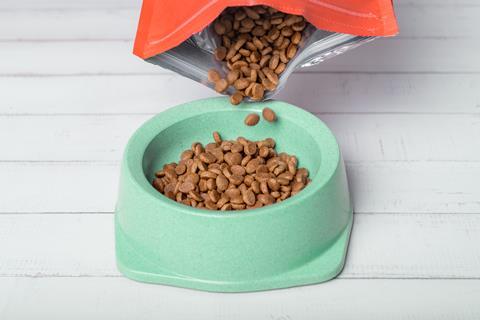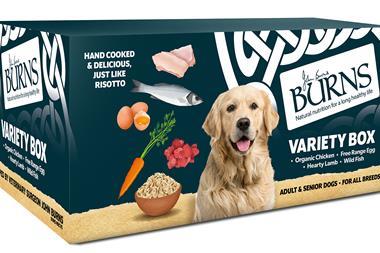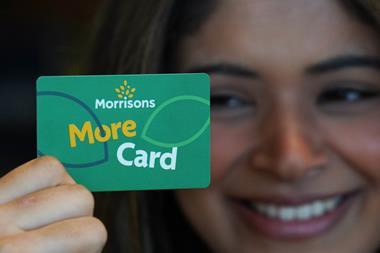
Dog and cat food volumes have continued to fall in 2023. That’s down to declining pet ownership – the number of dogs and cats has decreased by 6% during the year to stand at 12 million and 11 million respectively – coupled with owners looking to economise on pet spend. As many as 62% of cat or dog owners have reported trying to reduce or limit spend on petfood [Mintel].
Behind these headline trends, there are some interesting developments. The percentage of UK households with a pet may have decreased from 62% in 2022 to 57% this year, but the number of pets has risen 9%, reaching 38 million in 2023 [UK Pet Food]. It means an increasing number of pets are now concentrated among a shrinking number of households. So it’s not inconceivable that recent swaps to more budget-friendly petfood options is a long-term solution.
And despite the decline in cat and dog ownership, smaller pets like rabbits and birds are becoming more popular as consumers look for more manageable and affordable companions.
Another interesting development is the switch from wet food to dry food. Looking at Google search data, we can see interest in wet food and kibble has been in close battle since the start of 2022. It’s only this year that demand for kibble has started to pull ahead, likely as a result of more pronounced price disparity.
This will present a growing opportunity for products that encourage trading up from plain dry food. Examples of this could be enhancing the flavour and nutrition of dry food through versatile toppers, pet-friendly gravies or soakers that give a wet food-like texture, or premium treats that support pet health.
Brands will then need to market mood-boosting reactions from pets as a way to return the unconditional love cats and dogs offer their owners. To drive consideration, brands should also be present at moments when consumers are thinking about and paying attention to category-related content.

One thing to bear in mind is the growing role of YouTube for owners looking to educate themselves about their pets. In the past 12 months, YouTube searches for dog-related videos have outperformed searches for sports by 33%. Amplifying brand messaging through petcare YouTube channels is an effective way to reach in-market audiences and boost sales.
For now, financial considerations have diminished the importance of sustainability for 42% of pet owners, but less so among younger pet owners. Under-35s continue to report a higher interest in sustainable options, with more than 60% of pet owners responding favourably to a 2023 survey conducted by Sustainability in Food UK.
Many brands are jumping on lowering the water footprint of petfood, but activity in alternative proteins remains limited. Despite half of owners highlighting their interest, the industry still accounts for 20% of global meat and fish consumption [Mintel] . The opportunity is there and challenger brands such as Yora Pet Foods and Tuggs are paving the way with unique plant and insect-based pet offerings.
Brands should put forward clear environmental propositions and accurately portray their contribution and impact to a more sustainable future. As consumers’ financial situations improve, sustainability will regain momentum and we’re likely to see substantial growth driven by the younger demographic.



















No comments yet